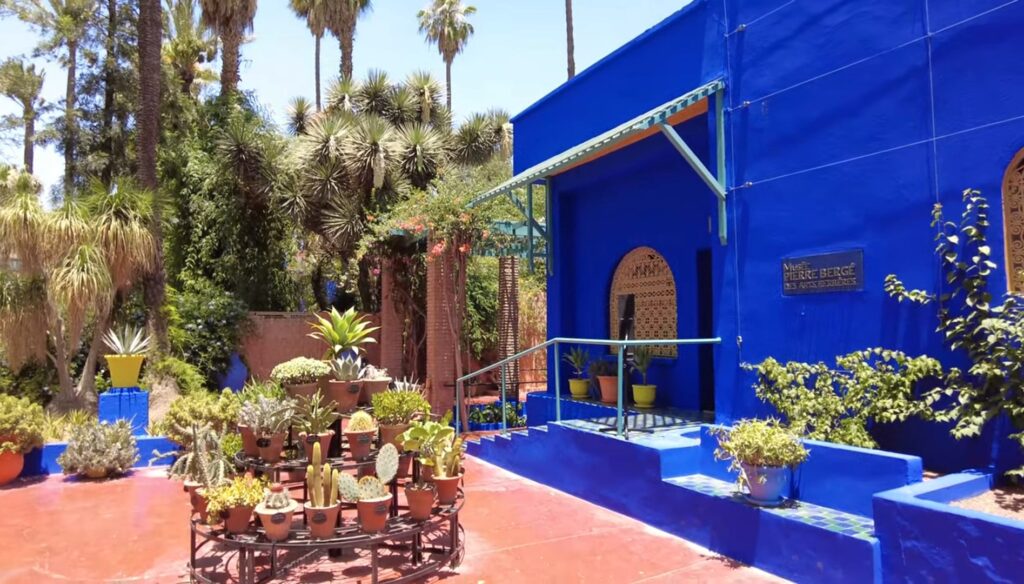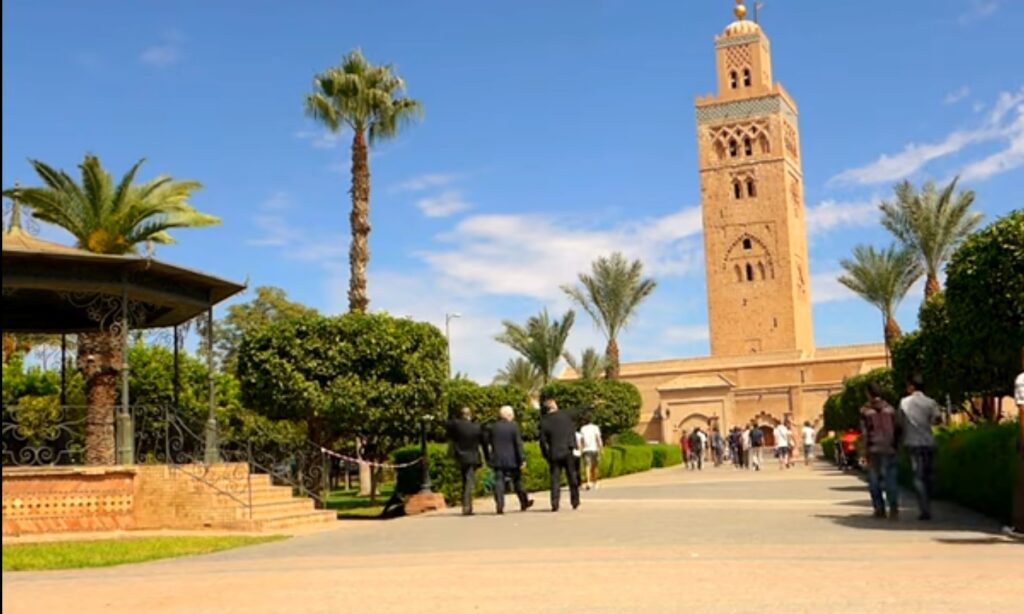In the heart of Marrakesh, Morocco, lies a fascinating historical site that once symbolized the wealth and grandeur of the Saadian dynasty. El Badi Palace, or El Badi Palace is a captivating ruin that attracts tourists from all over the world. Its rich history and architectural marvels continue to leave visitors in awe, providing a glimpse into Morocco’s glorious past.
El Badi Palace, also known as the “incomparable palace,” is a historic palace in Marrakech, Morocco, known for its impressive size and grandeur. Here’s a closer look at the palace’s history and what visitors can expect to see when exploring this iconic landmark.
History and Culture of El Badi Palce
El Badi Palace was built in the late 16th century by the Saadian Sultan Ahmed al-Mansour to commemorate his victory over the Portuguese army. The palace was designed to showcase the wealth and power of the Saadian dynasty, and its construction took over 25 years to complete.
Over the years, the palace served as a center of royal power and a site for important political and cultural events. However, by the 17th century, the palace had fallen into disrepair, and much of its valuable artwork and furnishings had been looted.
In the 20th century, the palace was restored by the Moroccan government, and today it stands as a testament to the country’s rich cultural heritage.
A Testament to Saadian Power:
Commissioned by Sultan Ahmad al-Mansur in 1578, El Badi Palace was an ambitious project designed to showcase the sultan’s vast wealth and power. The Saadian dynasty had reached the pinnacle of its influence at the time, thanks to their control over lucrative trade routes and their conquest of cities like Timbuktu and Gao in Mali. The palace was meant to impress guests and foreign dignitaries, displaying the finest craftsmanship and luxurious materials from around the world.
Design and Features of El Badi Palace
The construction of El Badi Palace was a feat of engineering and design. The sultan brought artisans and workers from different regions, including Europe, to contribute to the project. The massive courtyard, measuring 135 by 110 meters, featured a central pool and four sunken gardens, exquisitely arranged to create a breathtaking sight. The four pavilions at each corner of the courtyard were adorned with grand cupolas and intricate stucco work, a testament to the artistic mastery of the era.
El Badi Palace is known for its grand size and striking design. The palace was built on a massive scale, with over 300 rooms, multiple courtyards, and a large central pool.
One of the most impressive features of the palace is the Koutoubia Minbar, a carved wooden pulpit that was once located in the Koutoubia Mosque. The pulpit was looted during the reign of Moulay Ismail and later restored and placed in the palace’s central courtyard.
Another notable feature of the palace is the Saadian Tombs, a group of tombs that date back to the 16th century and were discovered in the 20th century. The tombs are known for their intricate decoration and beautiful tilework.
Image Gallery
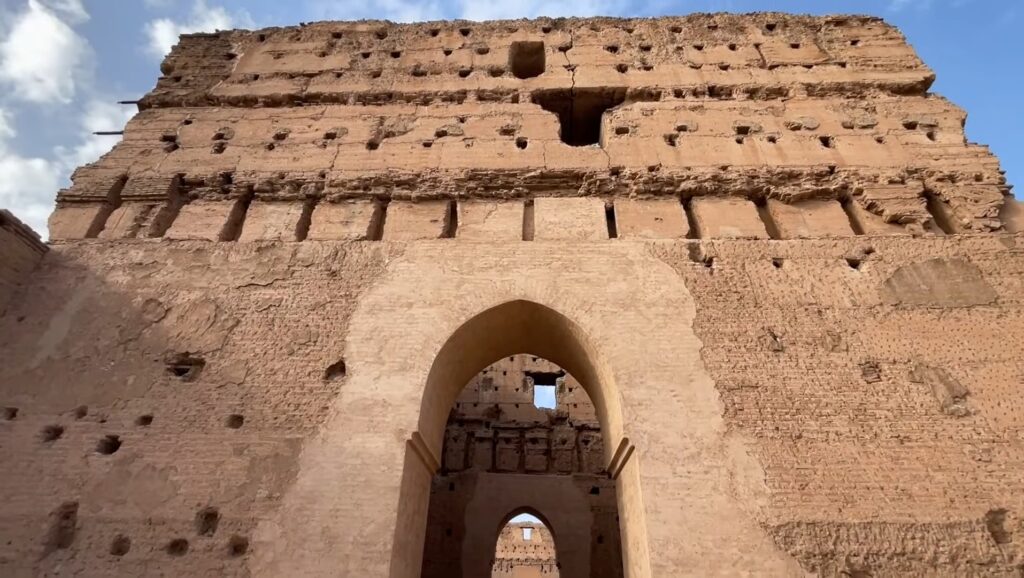
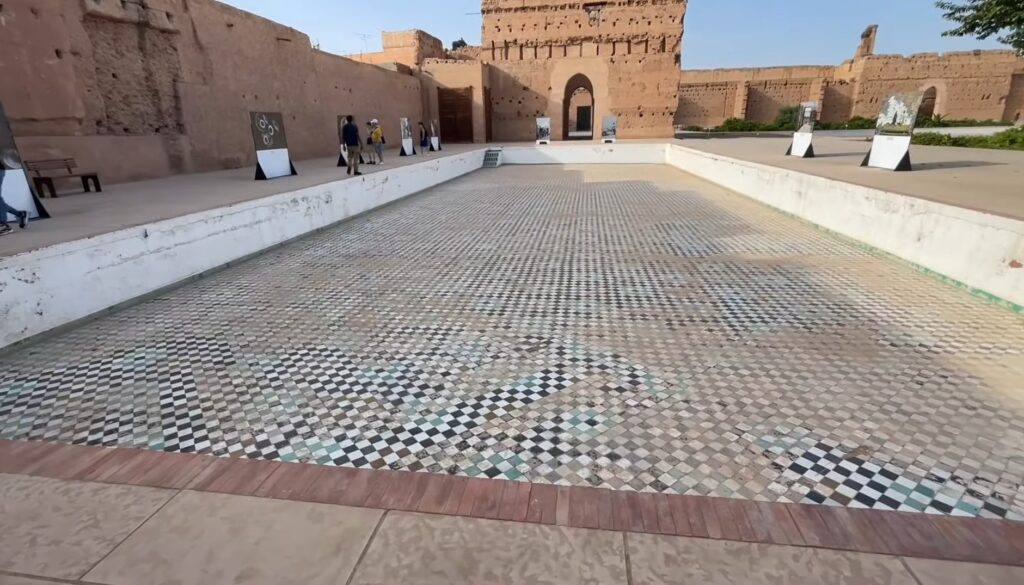
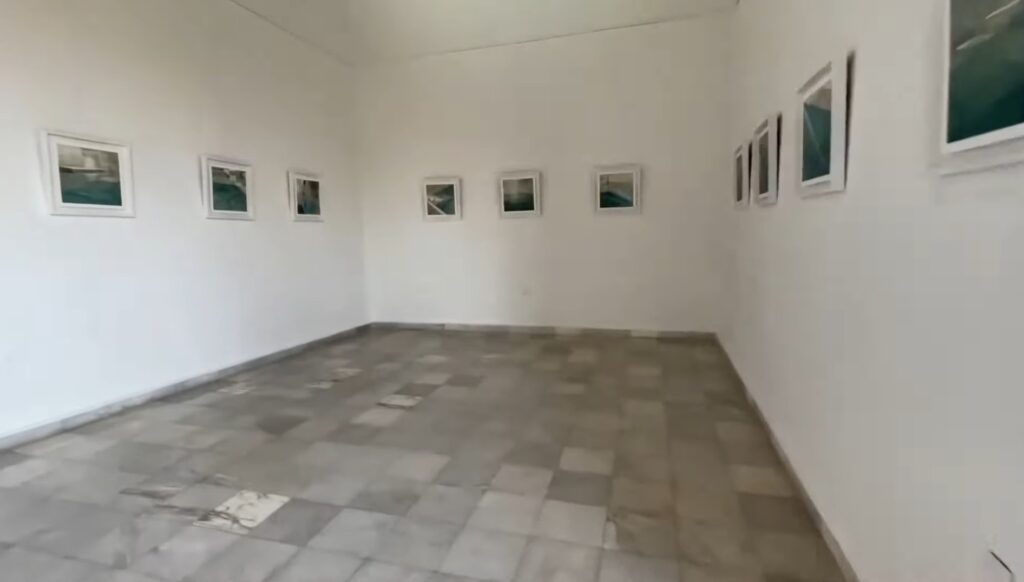
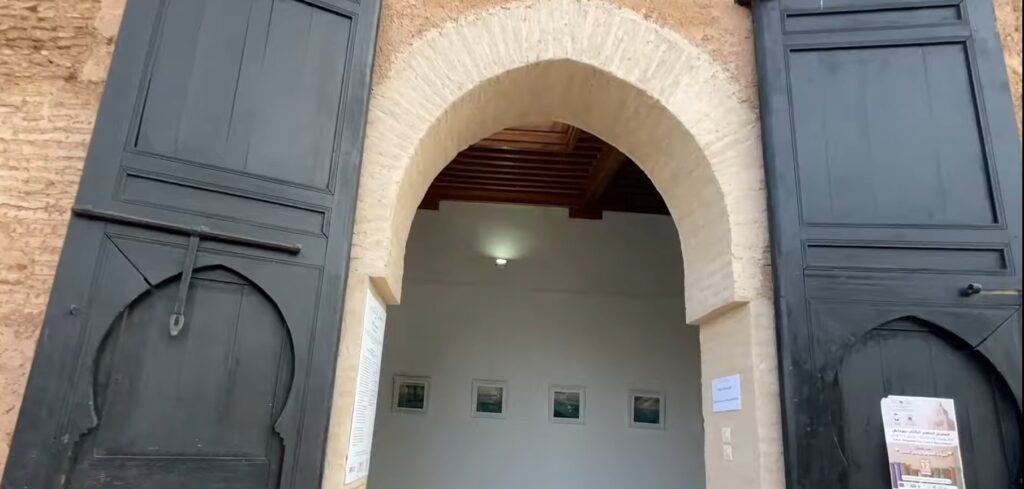
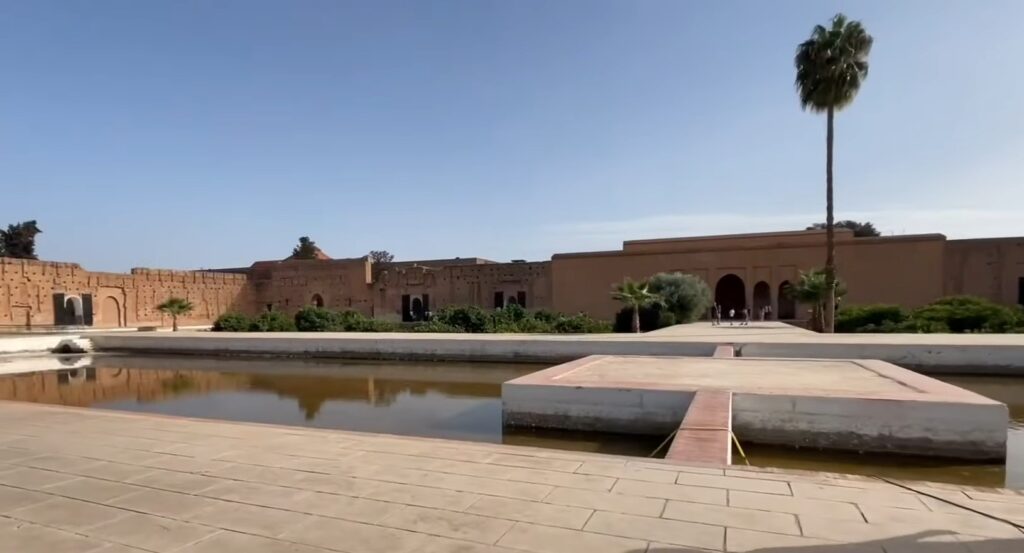
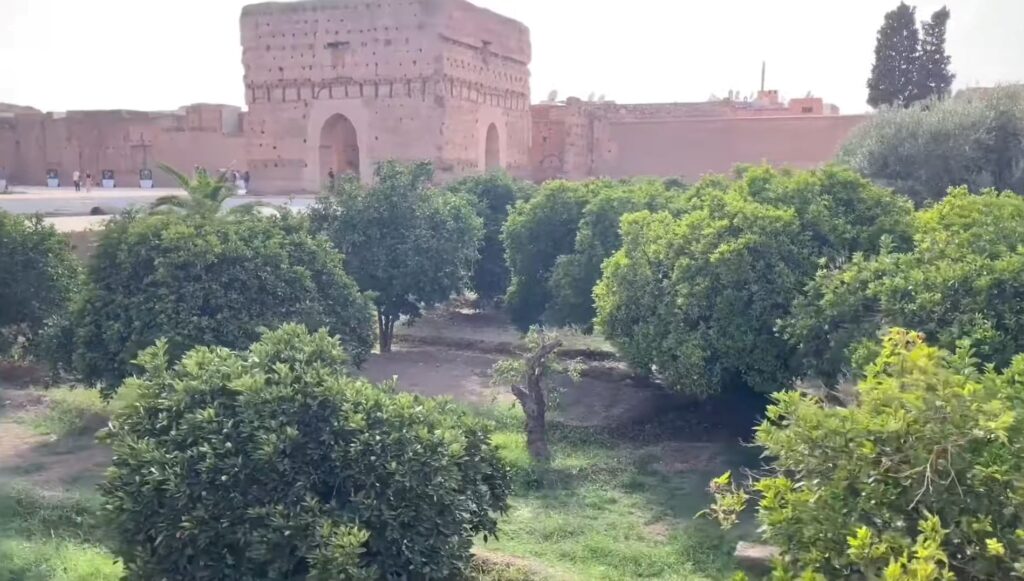
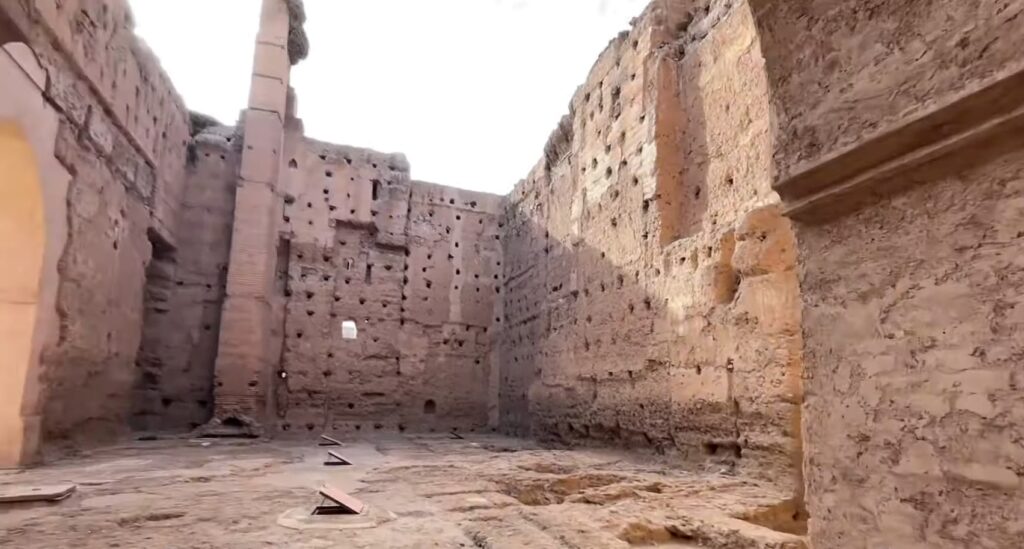
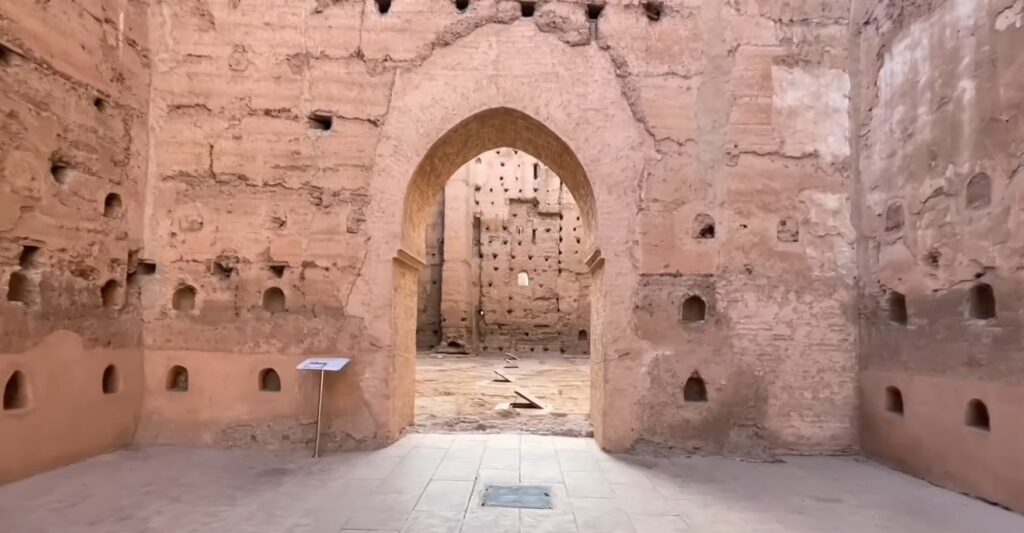
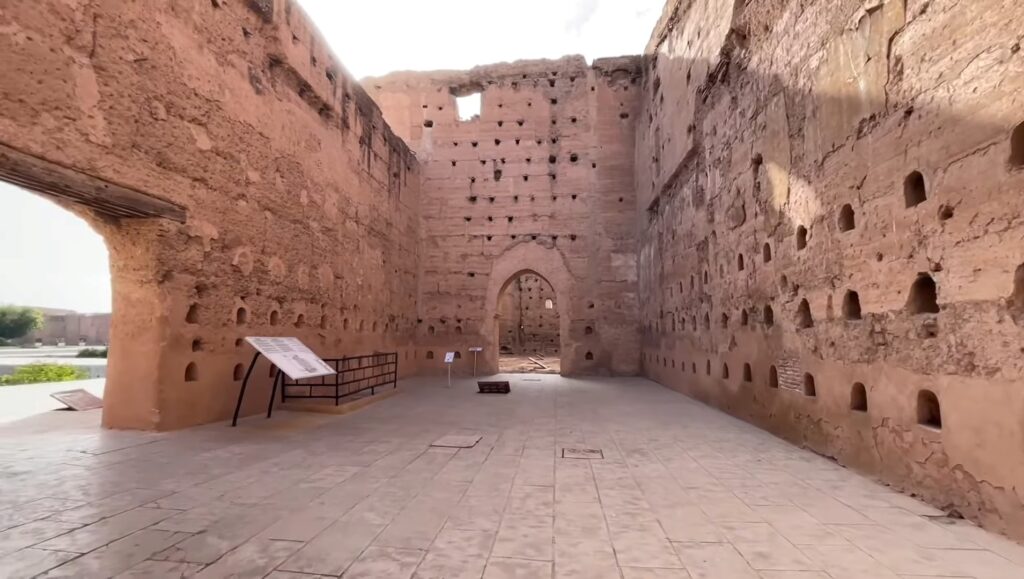
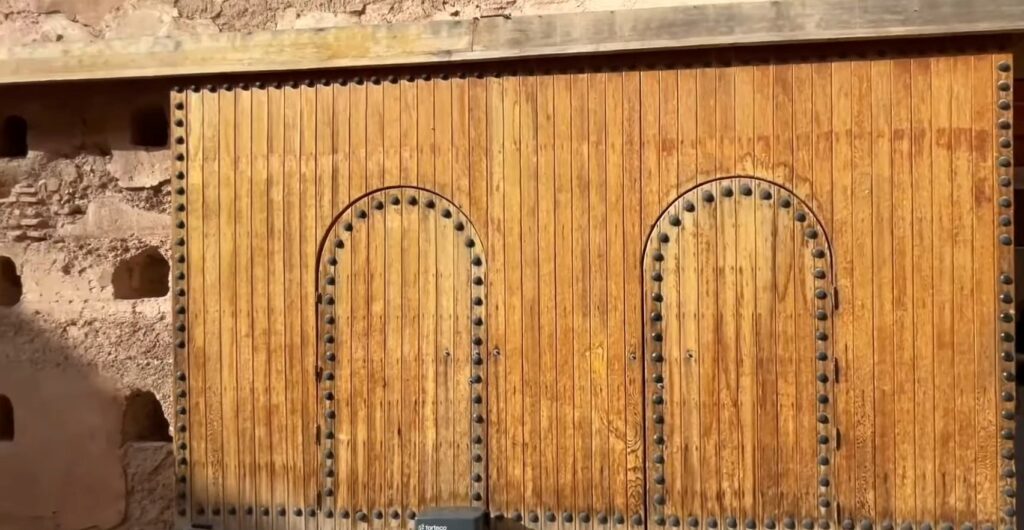
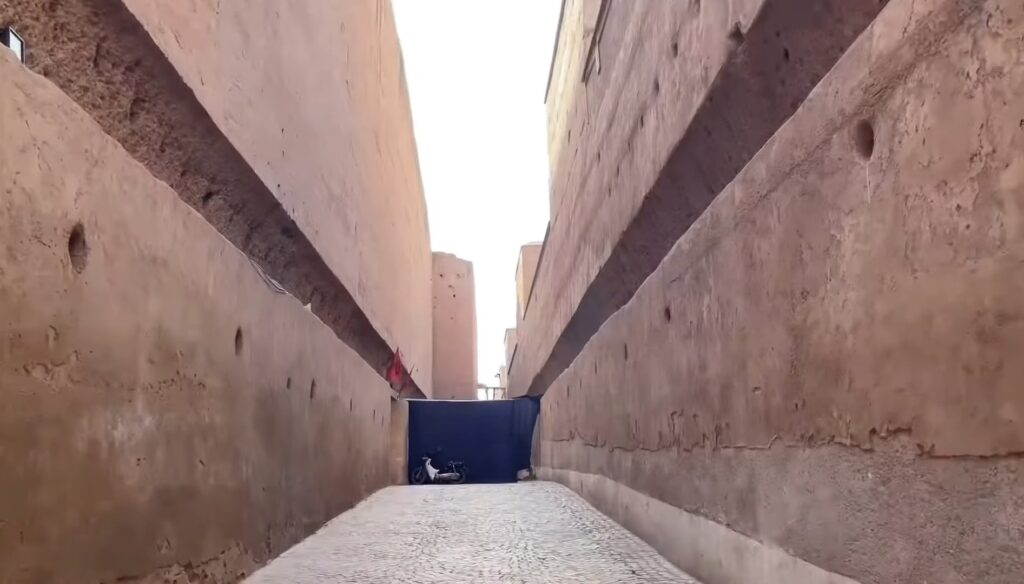
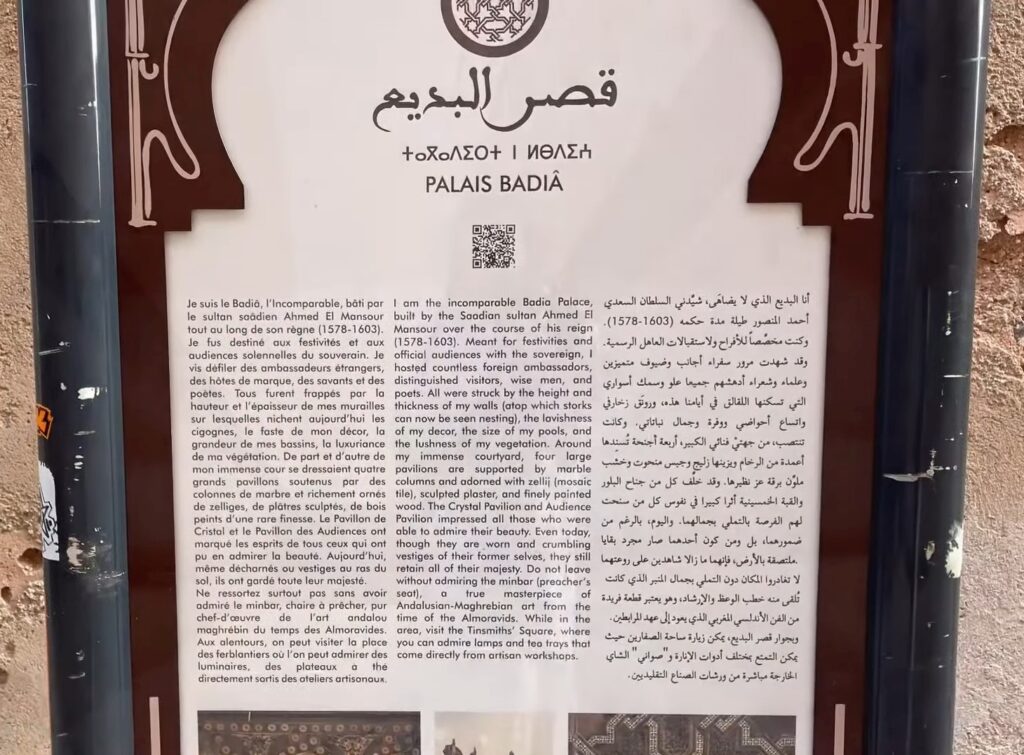
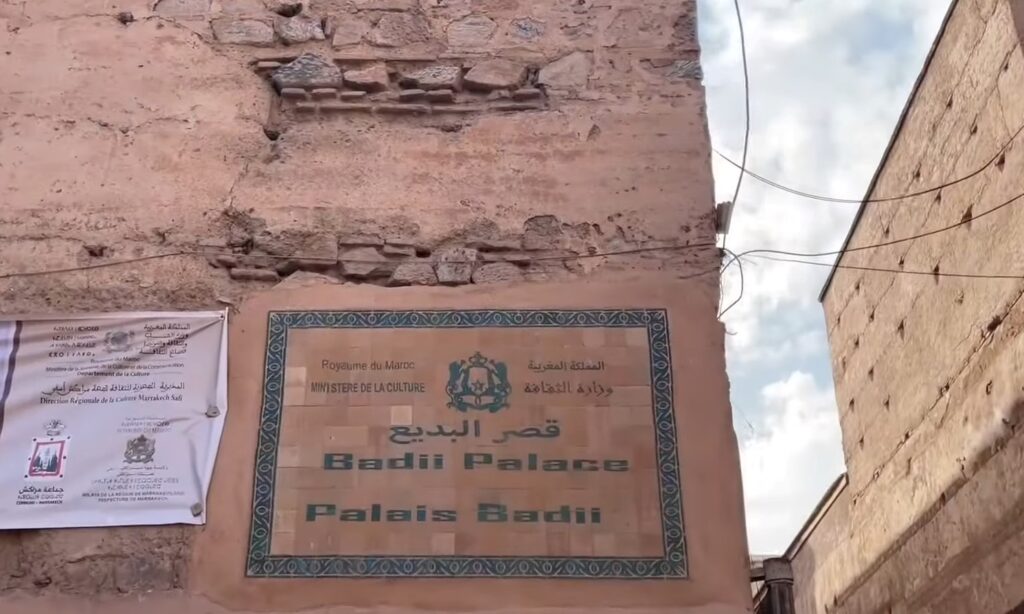
Materials and Decorations:
El Badi Palace was a lavish display of opulence. Italian marble, onyx, and gold were used extensively throughout the palace, creating an atmosphere of luxury and grandeur. The floors were paved with exquisite Zellij mosaic tilework, displaying complex geometric patterns that mesmerize modern-day visitors. Gilded ceilings and calligraphic stucco inscriptions adorned the walls, adding to the palace’s splendor.
Visiting El Badi Palace
El Badi Palace is open to visitors every day of the week, with guided tours available in several languages. Visitors can explore the palace’s expansive courtyards and rooms, take in the stunning tilework and decoration, and learn about the palace’s rich history and culture.
The palace also includes a small museum that showcases some of the artifacts and artwork that have been recovered from the site.
Decline and Fall of El Badi Palace
Sadly, the grandeur of El Badi Palace was short-lived. After Sultan Ahmad al-Mansur’s death in 1603, the palace fell into decline. Its valuable materials were stripped away and reused in other construction projects across Morocco. Neglected and forgotten, El Badi Palace slowly turned into ruins, with its once majestic features crumbling over the centuries.
Rediscovery and Tourism:
In the early 20th century, archaeologists began excavating and restoring El Badi Palace. Today, the site serves as an important tourist attraction, drawing visitors who seek to explore the remnants of Morocco’s illustrious past. The main courtyard, the grand pavilions, and the sunken gardens are all open for exploration, allowing visitors to immerse themselves in the history and splendor of the Saadian dynasty.
A Glimpse into Morocco’s History:
El Badi Palace is not just a collection of ruins; it’s a portal into Morocco‘s rich cultural heritage. As visitors wander through the remnants of the once-great palace, they can imagine the opulent ceremonies, the diplomatic receptions, and the vibrant life that once filled its halls. The palace’s intricate architecture and craftsmanship are a testament to the skill and creativity of the Saadian artisans.
Preserving the Past:
Efforts are ongoing to preserve and protect El Badi Palace for future generations. The Moroccan government recognizes its historical significance and the importance of sharing it with the world. Museums and exhibition spaces have been established within the palace complex, showcasing artifacts and historical elements from Morocco’s past.
El Badi Palace stands today as a captivating reminder of Morocco’s glorious past. It tells the tale of a powerful dynasty, its opulence, and its eventual decline. As visitors walk through its ruins, they are transported back in time, experiencing the majesty and magnificence that once defined this remarkable architectural marvel. El Badi Palace is not just a historical site; it’s a living testament to Morocco’s cultural heritage and an essential destination for anyone seeking to delve into the country’s vibrant past.
El Badi Palace is a must-see destination for anyone interested in Morocco’s rich cultural heritage. Its grand size and striking design make it a unique and unforgettable experience, and its history and cultural significance offer visitors a glimpse into the country’s past.

